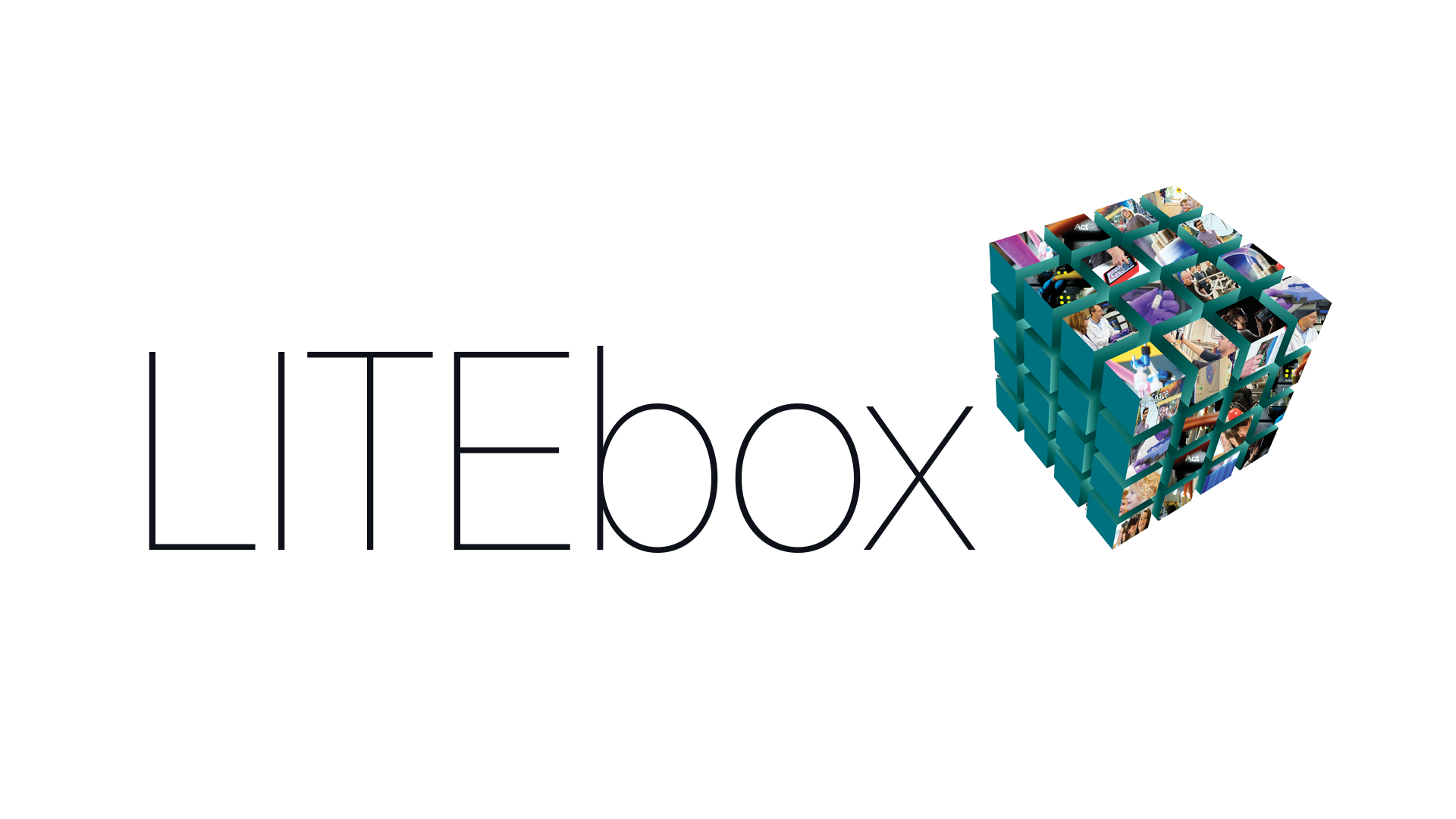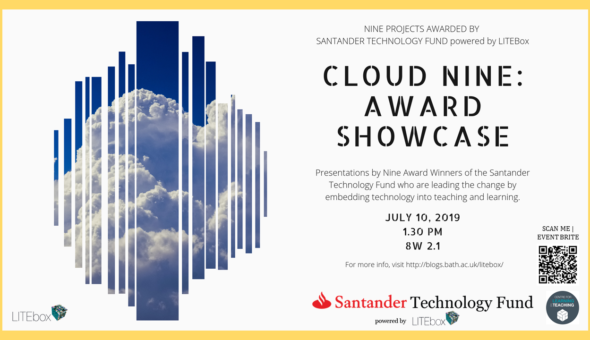Students and staff from across the University presented the exciting work and results from their nine projects at the 'Cloud Nine' event, funded by the Santander Technology Fund and LITEbox on 10 July 2019 to members of the University community.
The project-holders, drawn from across a wide range of disciplines including Physics, Space, Mathematics, Electrical Engineering and Management, provided the audience with some fascinating insights into their work and findings. They showcased the technology and tools which academics could be adopting aspects such as:
- online assessments
- enhanced classroom engagement
- increased hands-on learning for physics/architecture students
- maximising learning time in the classroom using interactive whiteboards and screen-casting
A number of the projects, through their exploratory work are making a contribution to the University's Curriculum Transformation objectives.
As the University invests time in reviewing its curriculum and finding new ways of delivering learning and teaching and increasing student engagement, it is clear that the increasingly extensive range of new classroom technologies can add considerable value to the student learning experience. This is particularly the case when delivering in a lecture theatre with a 100+ students.
This post introduces the three specific technologies that were tested in the University and presents some early observations.
- InteDashboard: Dr Steve Cayzer demonstrated how he uses InteDashboard to allow Team Based Learning (TBL) in the classrooms. It is especially useful for large classes of 100+ students when as a Lecturer you want to focus on questions or topics that the student don't understand. The way Dr. Cayzer uses this in his classrooms is that he pre-designs 2-5 MCQ type questions on InteDashboard before the class. During the lecture, he asks his students to open their web-browser and type in the intedashboard.com/xxx link. Once the students answers the MCQ questions, in real time, Dr. Cayzer can see what percentage of students got which questions correct and which they got wrong. Dr Cayzer uses this information to first, understand the topics students are confident with and which topics they struggled with. Hence, he spends more time on the challenging areas and answers any questions the students may have, rather than touch on topics that they already are much aware of.

Pros: Works well with large size classes, works well with MCQs, real time percentage feedback for the lecturer.
Cons: All students need a device connected to the internet (so good internet connection is a must), lecturer to spend time and effort in setting up the InteDashboard before the lecture. - Vivi Wireless Connect: This is a piece of software that is installed in all lecture rooms at the university, whereby lecturers or students can broadcast their screen onto the large lecture projector screen. All one needs is connection to the Wireless and you are set. Dr Chris Bonfield emphasized that the lecturer has full control of the display so they can switch screens whenever required. The idea is that students can showcase their projects/work directly from their laptops on to the main projector screen, thus increasing engagement and retaining attention in the classroom. Email tel@bath.ac.uk if you require any support regarding this technology.

- Inspera: Inspera is an online assessment tool to allow students to take exams online. Whilst Nordic countries such as Norway and Sweden have been leading the way for the past decade, UK universities are slowing catching up and trailing with their students. Dr Maria Valero showed us how she uses Inspera in her MSc and UG courses. The results of the trial were positive such that some students said "the tool was easy to use" and "useful to have self-testing, especially for theoretical questions". More about the Inspera and Interactive Whiteboard in this picture below.

Pros: Works well with MCQs, formulae based and theory based questions, immediate feedback with pre-populated answers, speedy feedback, maximum usage of computer labs (as each computer could vary in tests) Cons: Highly automated (tricky with essay based questions), allowing students remotely to access might require additional supervision.
- Interactive Whiteboard: Dr Ben Metcalfe, who led the Interactive Whiteboard project reported that having tested this technology in his classrooms he has been able to reach 312 students so far. His experience is that the students in large classrooms are often more engaged and interactive. Interactive Whiteboard in combination with an iPad and Apple Pencil allows glitch-free sketching - thus allowing students in large lecture theatres to easy share from their seats rather than walking all the way to the front. An added benefit is that even the back-bench students can now be equally engaged as compared to those in the front-benches.

All these technologies have been experimented in the University's classrooms. if you are interested in these technologies, please feel free to contact either the University's TEL team or the LITEbox team.
Respond



